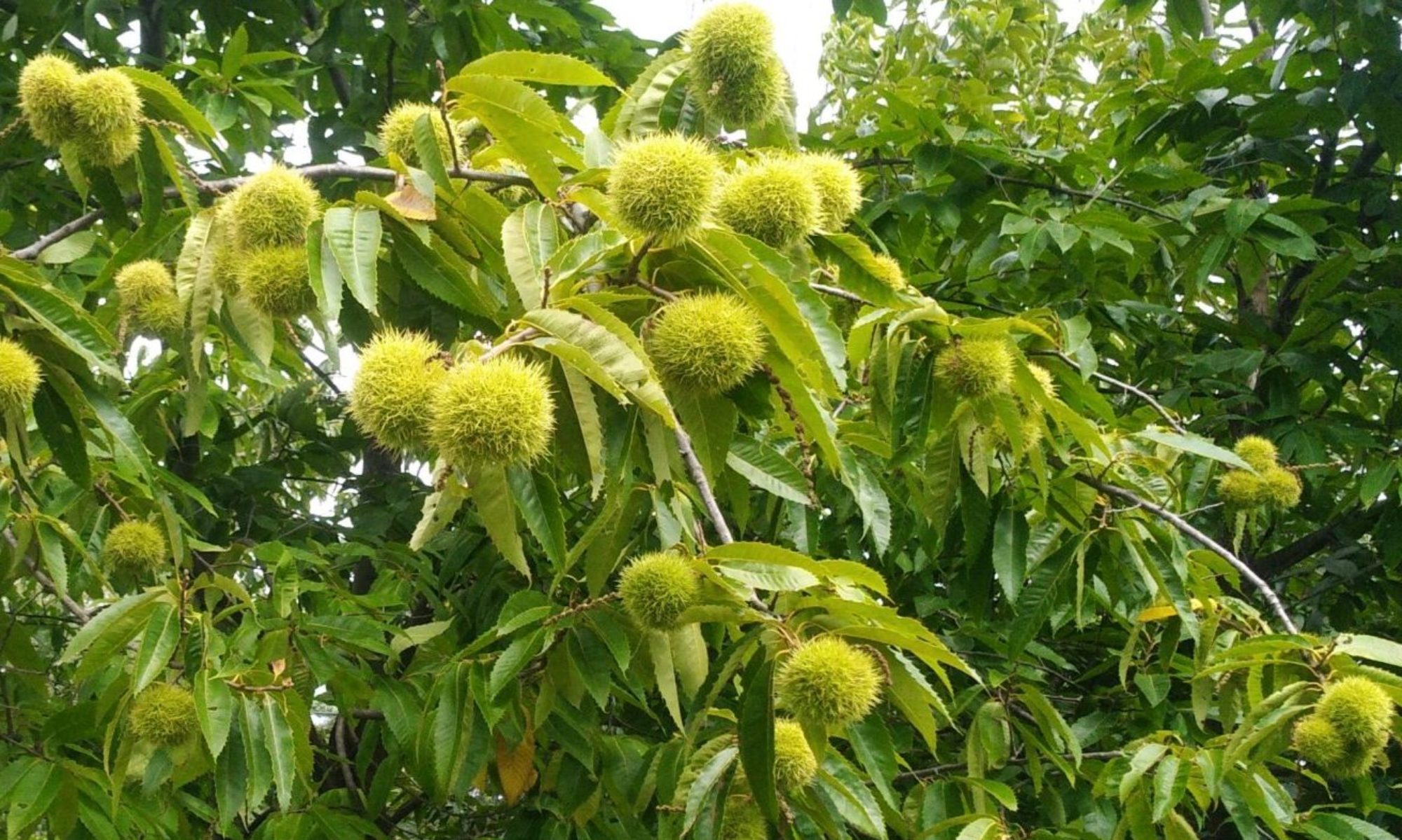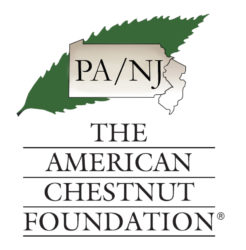American Chestnut Breeding Conservation of The American Chestnut
For any restoration plan, the key is building a foundation of diversity for future adaptability. As such, the most overarching goal of a germplasm conservation orchard (aka mother tree orchard) with The American Chestnut Foundation is to preserve native germplasm (that is, hereditary material, like genes).
In preserving native germplasm, one helps to guarantee that the genetic background of trees currently living in our forests will be conserved for future generations. Along with that conservation of genetic stock, the trees can also be used for future breeding, either of blight-resistant stock, should there be necessity to do so, or use in order to increase the diversity of future blight-resistant stock.
Another benefit of planting germplasm conservation orchards is so that we get a sense of the diversity of the species. By comparing diversity among populations throughout the range of the American chestnut, TACF could possibly answer several important questions about 1) the ability for chestnut material to move from one area to another; 2) the amount of range-wide diversity; and 3) whether certain traits follow a geographic or other gradient throughout the range.
Although “pure” American chestnuts will die eventually because of blight infection, with proper care and maintenance, one can grow large American chestnut trees, on the order of about 5-6″ dbh and 30 feet in height. Depending on the location (growing season length, inoculum load, etc.), they might even get bigger! Some will have more blight than others.
An advantage of planting well outside the range, in a place like the midwest, is that the blight load should be significantly less, or even non-existent for some time, than that found in the original range.
Side effects of planting and growing chestnuts can be several:
• nut crops for various research and/or outreach projects (including eating!)
• wood for crafts (especially walking sticks)
• have a place where people can learn about the tree and, unfortunately;
• learn about how the fungus can attack and kill a tree with no intervention.
Note, too, that if you plant several, you will receive great crops of American chestnuts that can further preserve the stock, give others an opportunity to plant and grow chestnuts, and potentially provide a food source for wildlife and yourself. Many growers also use the wood for making things, from walking sticks to other small projects.
These types of orchards can also be great for training growers on the best management practices for planting and growing chestnuts. Once blight-resistant American chestnuts are available, you will have already tested your property for suitability of chestnuts, and learned how to grow them. Although chestnuts are a hardy tree, there are some lessons that can be learned and practiced with our native stock which is a bit more “expendable” at the moment.
Additionally, the American chestnut has the ability to resprout from rootstock. Because of this trait, one can have a “perpetual orchard.” Once a main stem dies, the grower can then start to coddle a new sprout, thereby having a tree in that particular location perpetually. That said, if you need to get rid of the blight-susceptible trees in order to make room for blight-resistant stock, there are several methods one may employ to reduce or eradicate sprouting.

